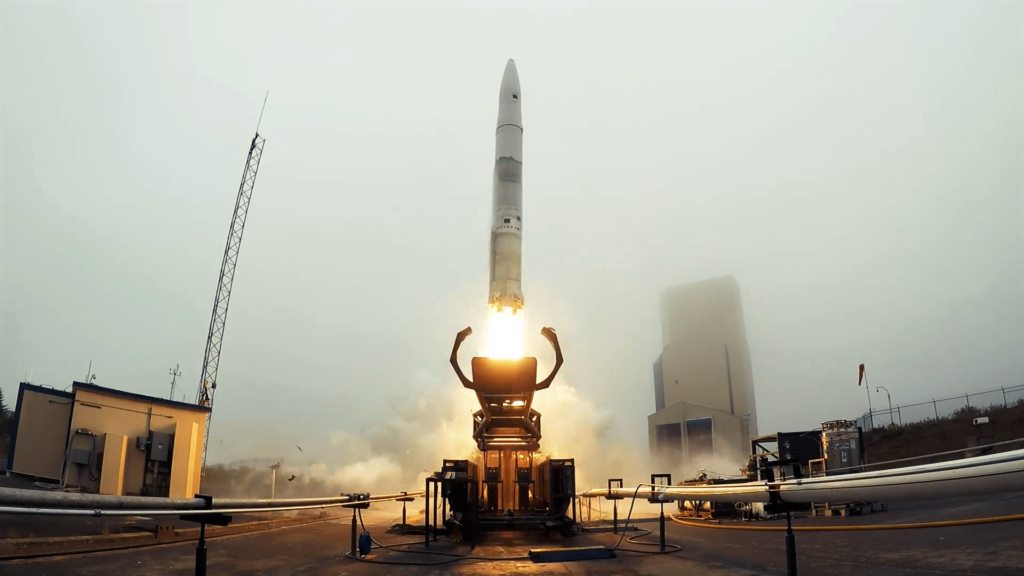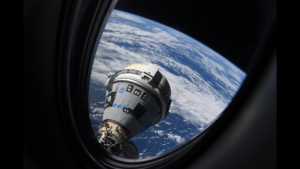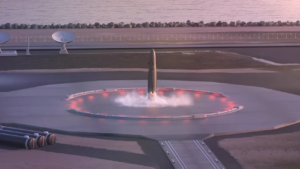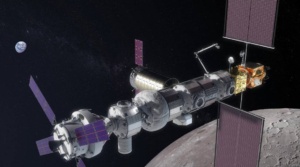
Astra’s Space’s Timeline & Plans For The Future
Astra Space was founded not long ago in late 2016. Since then the company has had a lot of ups and downs in the form of progress, missions, launch vehicles, and more. Now in 2022, the company is shifting not only its launch vehicle but the various services they provide. All of which in an effort to turn the company around and begin consistently launching and supporting payloads in orbit.
We recently watched the TROPICS mission and the loss of the rocket and payload. While the exact report for this mission has still not been released, soon after the unsuccessful result, they announced the cancellation of the Rocket 3 line and the future of Launch Vehicle 2.0. This comes in addition to more focus on products such as spacecraft engines, and other various space systems.
However, it’s important to point out that a lot has led up to the current state of Astra and why exactly they are making certain decisions. This includes initial launch results, goals for launch cadence, cost, mobility, and rocket development, just to name a few. Here I will go more in-depth into the timeline of Astra, what has led them to where they are now, the company’s plan going forward, and more.
Astra Timeline

Starting in October of 2016, Astra was incorporated in Delaware. Chris Kemp and Adam London teamed up and hired Adam’s team as founding engineers, and set out on a mission to provide daily access to space. Only a few months later, they had managed to build a Rocket Development and Test Facility in Alameda, California by renovating a former jet engine test facility at the former Alameda Naval Air Station. Even though the company just started, the next milestone was the first launch of Rocket 1.0. Specifically, less than two years after starting the company they attempted the first launch from Kodiak, Alaska. The company considered the mission a success while the FAA reported an unknown mishap occurred during the launch.
Later that same year in November, Astra tried another launch with the 2.0 rocket. Similar to the first attempt. The company considered this launch a success despite it failing to reach orbit due to a likely engine failure. It’s important to point out that the payload on both of these first launches were not customers and instead mass simulators. Moving on to the middle of 2019, Astra completed the first phase of expansion at its 15 acre campus in Alameda, California with its new 250,000 square foot headquarters and rocket factory. Just a few days ago on the 16th, the company tweeted about this factory saying, “A birds-eye view of our Skyhawk factory here in Alameda, California.” This included an image of the current factory design. Next, in late 2019, they completed construction of their first dedicated Astra Spaceport at the Pacific Spaceport Complex in Kodiak, Alaska. One common theme you will notice is Astra’s very fast pace and work towards the next mission.
A good example can be shown in September 2020. Here Astra completed its first orbital launch demonstration with Rocket 3.1. Technically this was the second as the first attempt happened not long before and failed while on the pad. Either way, around 30 seconds after lift off all engines were shut down and the rocket was destroyed. However, only just a few months later that same year in December, they tried again with the launch of Rocket 3.2. This was the first Astra rocket to pass the Kármán Line and reach its target orbital altitude of 390 kilometers. It narrowly failed to reach stable orbit due to issues with the upper stage propellant mixture ratio, but exceeded the company’s expectations with an otherwise-successful climb into near-orbital space from Kodiak Island, Alaska. Around this same time, we begin to see a slight shift toward other aspects within the space industry such as spacecraft engines and space systems.
In June of 2021, Astra acquired Apollo Fusion, the leading electric space-propulsion company, to try and reach new destinations in space. A few months later, Astra announced the successful orbital ignition of its Apollo Fusion thruster on board the Spaceflight Sherpa-LTE1 orbital transfer vehicle. Around the same time, they attempted the first commercial Rocket 3 launch, and the first of two demonstration launches for the U.S. Space Force. An engine failure shortly after liftoff caused the rocket to drift sideways off the launch pad before ascending vertically. At approximately T+02:28, range safety ordered engine shutdown, terminating the flight. A fueling system propellant leak was determined to be the root cause of the problem. As per usual only a few months later was the next launch attempt. Here LV0007 managed to reach orbit, making Astra the first rocket company to reach orbit in less than 5 years. Astra’s launch system successfully demonstrated the orbital placement of a test payload to an inclination of 86 degrees at an altitude of 500 km.
Unfortunately, only a few months later in early 2022, Astra tried again and was unsuccessful. During the NASA VLCS mission, an issue occurred after stage separation during flight which prevented delivery of the payloads into orbit. The failure was later found to have been caused by a wiring error in the separation mechanism and a software flaw in the thrust vector system. The next launch however was a success and the second time the company reached orbit. Only for the most recent attempt this June apart of the TROPICS mission to fail. This timeline eventually led to the cancellation of the Rocket 3 line, along with a slightly shifted focus on spacecraft engines and providing more than just a launch service. Not to mention the work on the new Launch System 2.0 and engine tests provided recently.
Future Plan

Astra Space has had quite an interesting history due to the short timeline, along with many ups and downs. This being said, they are quite confident about the future of the company and how exactly they plan to achieve success within the space industry. In a quote, they said, “Adam and I founded Astra because we believe the space economy is at an inflection point akin to the birth of the Internet, both in scale and opportunity, and that dramatically lowering the barrier to accessing space will create tremendous societal and economic value. This long term focus guides our strategy, product roadmaps, and investments. This has served us well, as investments in building out our Alameda campus, including a state-of-the art production facility have allowed us to rapidly iterate and reduce dependencies on third-party suppliers. We believe that a long term focus will strongly position the company to meet our customers where the market is going, and allow us to be prepared to scale to meet their needs.”
Astra believes that constellations and large space systems are the future of Spacetech, and frequent access to space is the critical first step to enabling this future, making it Phase 1 of Astra’s strategy. With hundreds of small satellite constellations in development, and over a dozen companies that have gone public, collectively raising over $20 billion in the past year, they see launch as the critical enabler of not only Astra’s long-term plans, but the key enabler of these new Spacetech companies. That’s why in Phase 1 of their strategy — Launch Services — they are focused on dramatically increasing access to space by scaling their launch services business as quickly as possible. However, they point out that only focusing on rockets would be like Amazon stopping at delivery trucks. As they learned with rockets, the core technologies required to power next generation satellites are simply not available at the cost, performance levels, and production scale that their vision of the future of space requires.
Therefore, in Phase 2, Space Technology — Astra plans to develop, license, or acquire core space technologies that will be productized and incorporated into its rockets, satellites, and other infrastructure that will be used to deliver space services. Core technologies include propulsion and solar power. The acquisition of Apollo Fusion not long ago is one example of Astra acquiring and productizing a core space technology. The vast majority of value in the trillion dollar space economy forecasted in 2040 is in space services, such as communication services and a new generation of geospatial data services. Astra highlights that just as the apps on your iPhone are powered by cloud services here on Earth, they believe that future space applications will be powered by the space equivalent of today’s earthbound cloud data centers. So in Phase 3, Space Services — they plan to vertically integrate Astra’s core technologies into an Astra Constellation, which will be optimally launched and maintained by the Astra Launch System, allowing us to power the space economy. This is the company’s forward looking plan and what we should expect to see in the coming years as they go down this path.
Conclusion
Astra Space has managed to have a lot of success and failure in a short period of time. Not long ago they announced a shift in the company’s direction and new plans for the future. This included more focus on space systems and satellites, a new launch vehicle, and more. We will have to wait and see how it progresses and the impact it has on the space industry.



